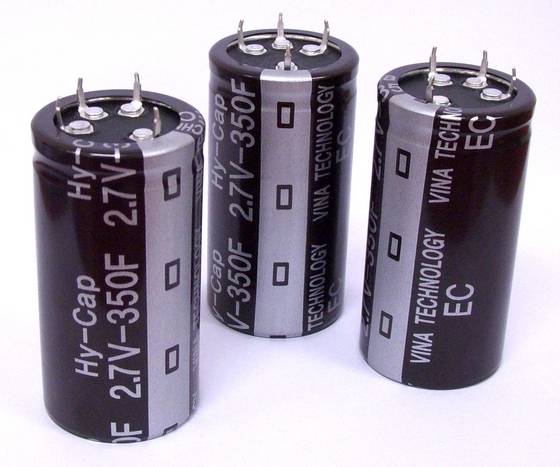ADWSystems
Member
My daughter was gifted a toy that runs off of 2 AA batteries (1.5V each). She turns it on, then falls a sleep. The batteries are dead by morning. As this sits on a desk/table or can be hung from a wall, it is stationary but moveable. I was trying to determine what it would take to make it solar powered/solar recharged so it stops eating batteries.
From a past project, I have a method to build an adapter into the battery compartment to allow for the use of an external power source. In this case, I could mount the batteries within the solar panel/charger and then connect it to the toy.
If the knowns are 3V at 100mA. How do I figure out what size solar panel is needed to recharge the batteries? What do I need for a charging circuit (assuming NiCd or NiMh batteries)?
From a past project, I have a method to build an adapter into the battery compartment to allow for the use of an external power source. In this case, I could mount the batteries within the solar panel/charger and then connect it to the toy.
If the knowns are 3V at 100mA. How do I figure out what size solar panel is needed to recharge the batteries? What do I need for a charging circuit (assuming NiCd or NiMh batteries)?

